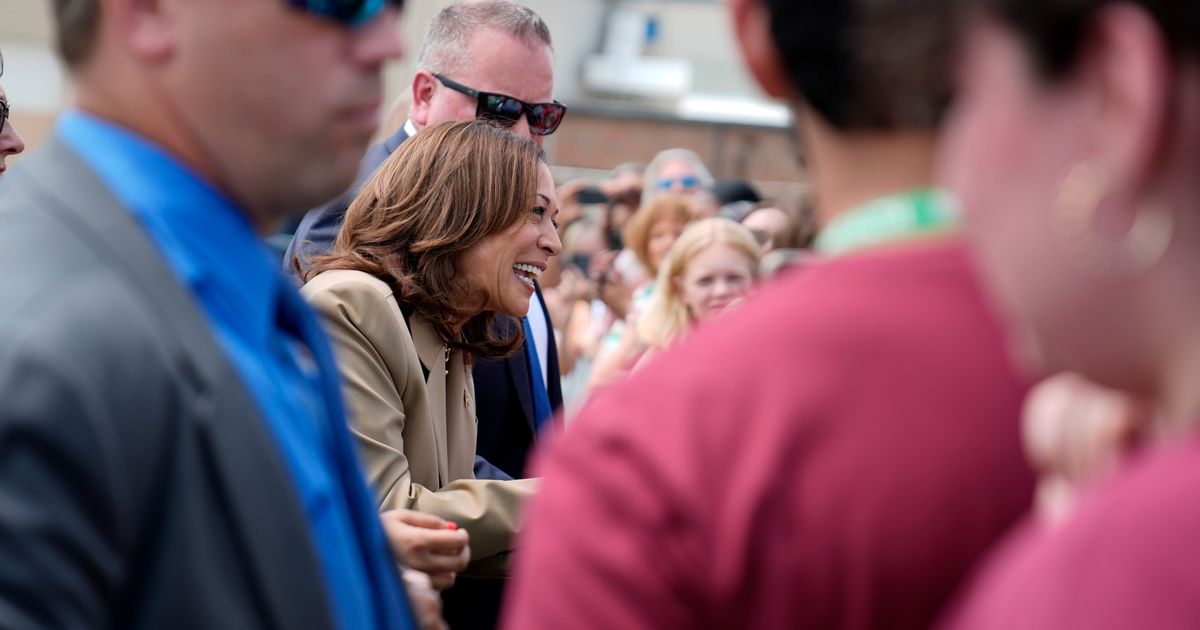We may need bases below the surface to keep moon residents safe from radiation
Shutterstock/Shivashankara
If astronauts on the moon are to avoid harmful radiation, long-term lunar bases will need to be shielded by 2 to 3 metres of regolith – the moon’s surface layer of rock and dust.
Jingnan Guo and Mikhail Dobynde at the University of Science and Technology of China in Hefei have analysed how the thickness of a lunar base’s shielding would affect radiation doses for people living on the moon. Their study includes using the lunar soil as a shield as well as using additional artificial shielding.
Guo says there are two main kinds of radiation that pose a danger to astronauts – omnipresent background levels of galactic cosmic rays, which pose a long-term cancer-causing risk, and solar energetic particles (SEPs) associated with sporadic solar eruptions. These SEPs can lead to more acute symptoms of radiation exposure, such as skin injury and damage to areas involved in generating cells and platelets for the blood, which include bone marrow and lymphatic tissues. In severe cases, exposure to SEPs can lead to death
“Radiation on the moon is not constant,” says Guo. “For short stays on the moon without encountering intensive SEPs, the radiation effect should be small.”
But if a solar eruption happens, the danger could be huge. At the end of the Apollo programme, for example, Apollo 16 landed astronauts on the moon for a few days in April 1972. This was followed by Apollo 17 in December that year. In between, there was a large radiation storm.
“There was such a big SEP event that happened in between in September that it could have caused possible death to astronauts on the moon if they had been there unprotected,” says Guo.
The study also found that too little regolith shielding can be worse than none, because lunar soils scatter radiation, generating secondary particles of different types, which can include neutrons. This secondary radiation peaks at lunar surface depths of about half a metre but decreases rapidly at greater depth.
“Neutrons have a large biological effect as they can efficiently interact with the human body to cause radiation effects in the internal organs,” says Guo. “They can contribute to more than 90 per cent of the total effective radiation when shielding is around 50 centimetres,” says Guo.
The study found that bases at a depth of 3 metres can safely accommodate the same crew for more than 20 years without them exceeding lifetime and annual radiation limits set by space agencies.
NASA and the Russian space agency impose different career radiation dose limits – 600 millisieverts and 1000 mSv, respectively – on their astronauts. Both agencies also impose annual radiation exposure limits. Natural background radiation exposure on Earth amounts to about 2.4 mSv a year.
If the lunar stay for a single crew is no more than a few months, 2 metres of shielding should be enough, says Guo. Crewmembers could also be frequently rotated back to Earth to avoid exceeding lifetime and annual radiation health limits, she says.
The most practical way to reduce radiation exposure would be to use natural shielding for bases, by building them in existing caves or lava tubes or constructing habitats beneath the surface, says Guo.
Better predictions of solar storms will also be important, she says, to keep astronauts safe when they venture outside the base for activities on the surface.
Topics:
- the moon/
- space exploration





















Discussion about this post